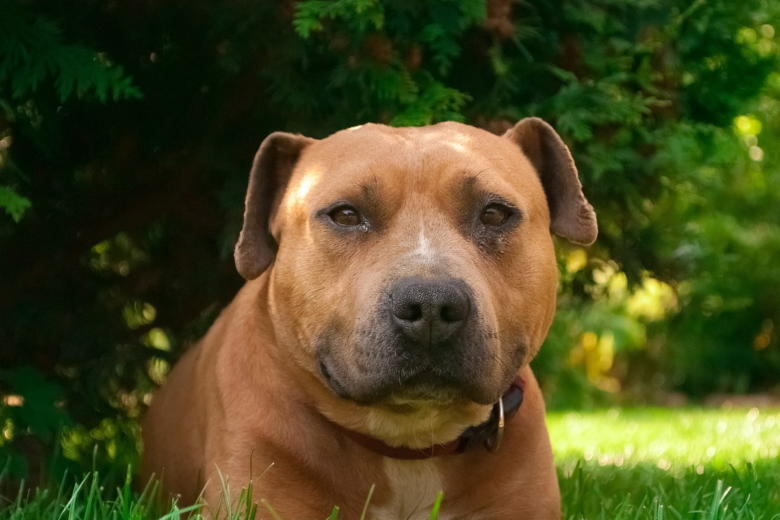Hygiene mats are a practical solution for dog owners who live in apartments or face challenges when walking their pets. However, teaching a dog to use a toilet mat requires patience and consistency. Here are some essential tips to help you successfully train your four-legged friend.
1. Teaching a Dog to Use a Toilet Mat: A Step-by-Step Guide
Hygiene mats are a practical solution for dog owners who live in apartments or face challenges when walking their pets. However, teaching a dog to use a toilet mat requires patience and consistency. Here are some essential tips to help you successfully train your four-legged friend.
The first step in teaching a dog to use the toilet mat is to create a positive association with the designated area. Place the rug in an area accessible to the animal, such as a quiet corner of the house. Encourage the dog to explore the carpet, using positive verbal commands and rewards, such as treats or affection. Reinforce this positive association whenever the dog shows interest or uses the rug correctly.
Consistency is key in training any pet. Establish fixed times to take your dog to the toilet mat, especially after meals, play or sleeping periods. Use specific commands to indicate the purpose of the mat, such as “pee” or “poop.” Reward the desired behavior immediately and avoid scolding the dog for accidents, focusing on positivity to reinforce training.
3. Correcting Unwanted Behaviors: Dealing with Accidents
It’s normal to face some setbacks during training, and how we handle these situations is crucial. When faced with an accident, avoid scolding your dog after the fact. Instead, pay extra attention to cleaning the affected area, using products that completely eliminate the odor.
This approach prevents the dog from associating the toilet mat with negative experiences. By maintaining a calm and understanding attitude, you reinforce your animal’s confidence and safety, facilitating the learning process.
Teaching a dog to use a toilet mat takes time, patience and a positive approach. By creating positive associations, maintaining a consistent routine, calmly correcting unwanted behaviors, and reinforcing training over time, you will be contributing to a cleaner home environment and a healthier relationship with your pet.
Always remember that each dog is unique, and the training process should be tailored to their individual needs. With love and dedication, you and your furry friend can enjoy a harmonious coexistence.
4. Strengthening the Bond Through Training: Moments of Connection
In addition to the practical aspect of training with the toilet mat, take advantage of this time to strengthen your emotional bond with your dog. Use training sessions as moments of connection, providing affection and praise when the animal demonstrates desired behaviors. This positive approach not only reinforces the association between the mat and appropriate behavior, but also strengthens the trusting relationship between you and your canine companion.
When positively reinforcing the use of the toilet mat, be aware of your dog’s body language. If he shows signs of discomfort or resistance to the mat, gradually adjust your approach to make the process more comfortable. Each animal is unique, and understanding their preferences contributes to more effective training. Remember that empathy and sensitivity are essential to creating a positive learning environment.
5. Persistence and Celebration of Achievements: The Role of the Responsible Owner
Success in toilet mat training requires persistence and celebration of achievements, no matter how small. Be prepared to face challenges, but stay dedicated to the process. Celebrating each progress, whether it’s using the mat correctly or identifying signs that indicate the dog’s needs, reinforces the idea that training is a collaborative journey between owner and pet. Celebrate these moments by providing your dog with positive encouragement to continue learning and adapting.
Ultimately, teaching a dog to use the toilet mat is an investment in the animal’s quality of life and the harmony of the home. By adopting a patient, positive and adaptive approach, you will be contributing to the development of healthy behavior and building a solid relationship with your faithful companion. Remember that training is an ongoing journey, and the role of the responsible owner is crucial to the success of this endeavor. With patience and love, you and your dog can enjoy a full and rewarding relationship.




